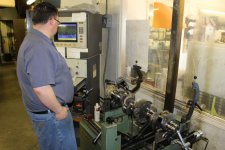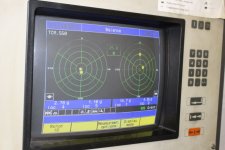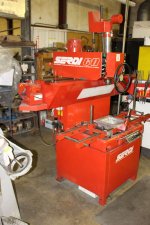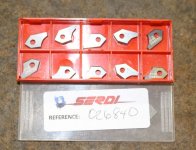Hi Folks,
I think I've settled that I want to put an EFII system32 in the RV10 that I am building. My decision point is down to whether I get a Thunderbolt engine or get one from Barrett. I've talked to both recently at SnF. Rhonda was more knowledgeable about Lycoming's engines than Lycoming's folks. But Vans does have a deal on Thunderbolts through the end of the month and they seem like they're built to slightly tighter tolerances?
Wondering if anyone would be willing to share pireps. I've searched previous threads already and figured the question is worth it's own thread.
Thanks!
I think I've settled that I want to put an EFII system32 in the RV10 that I am building. My decision point is down to whether I get a Thunderbolt engine or get one from Barrett. I've talked to both recently at SnF. Rhonda was more knowledgeable about Lycoming's engines than Lycoming's folks. But Vans does have a deal on Thunderbolts through the end of the month and they seem like they're built to slightly tighter tolerances?
Wondering if anyone would be willing to share pireps. I've searched previous threads already and figured the question is worth it's own thread.
Thanks!





